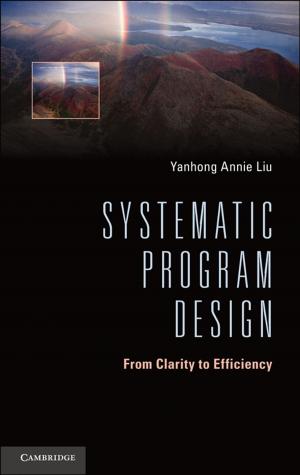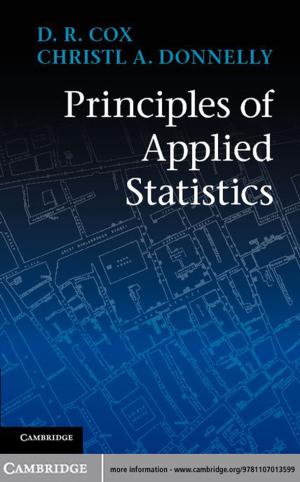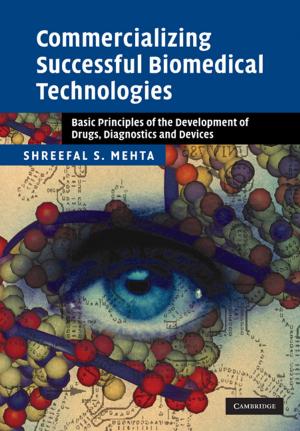Advanced Transport Phenomena
Analysis, Modeling, and Computations
Nonfiction, Science & Nature, Technology, Engineering, Chemical & Biochemical| Author: | P. A. Ramachandran | ISBN: | 9781139984621 |
| Publisher: | Cambridge University Press | Publication: | September 25, 2014 |
| Imprint: | Cambridge University Press | Language: | English |
| Author: | P. A. Ramachandran |
| ISBN: | 9781139984621 |
| Publisher: | Cambridge University Press |
| Publication: | September 25, 2014 |
| Imprint: | Cambridge University Press |
| Language: | English |
An integrated, modern approach to transport phenomena for graduate students, featuring traditional and contemporary examples to demonstrate the diverse practical applications of the theory. Written in an easy to follow style, the basic principles of transport phenomena, and model building are recapped in Chapters 1 and 2 before progressing logically through more advanced topics including physicochemical principles behind transport models. Treatments of numerical, analytical, and computational solutions are presented side by side, often with sample code in MATLAB, to aid students' understanding and develop their confidence in using computational skills to solve real-world problems. Learning objectives and mathematical prerequisites at the beginning of chapters orient students to what is required in the chapter, and summaries and over 400 end-of-chapter problems help them retain the key points and check their understanding. Online supplementary material including solutions to problems for instructors, supplementary reading material, sample computer codes, and case studies complete the package.
An integrated, modern approach to transport phenomena for graduate students, featuring traditional and contemporary examples to demonstrate the diverse practical applications of the theory. Written in an easy to follow style, the basic principles of transport phenomena, and model building are recapped in Chapters 1 and 2 before progressing logically through more advanced topics including physicochemical principles behind transport models. Treatments of numerical, analytical, and computational solutions are presented side by side, often with sample code in MATLAB, to aid students' understanding and develop their confidence in using computational skills to solve real-world problems. Learning objectives and mathematical prerequisites at the beginning of chapters orient students to what is required in the chapter, and summaries and over 400 end-of-chapter problems help them retain the key points and check their understanding. Online supplementary material including solutions to problems for instructors, supplementary reading material, sample computer codes, and case studies complete the package.















